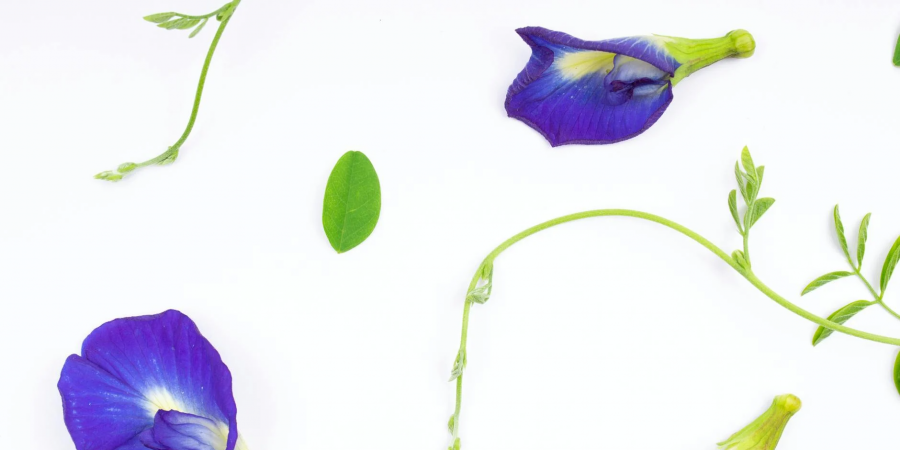

investigations. Years Achievements Citations Analysis of the fatty acid composition of seeds in 1954In 1954, Grindley et al. 1962.characteristics of root diuretics testedPiala and associates, 1962 1966Examination of the phytochemical makeup of seedsKhursheeda and Khare, 1966 1967–1968 In vitro propagation and germination studiesMullick as well as Chatterji, 1966 1974 A nodulation pattern was identified.Salutations, 1976 1974"Isolated leaves containing kaempferol-glycosidesMorita and associates (1976) 1980–1990: An assessment of grain and fodder crop attributesBarro and Ribeiro, 1983; Hall, 1985; Reid and Sinclair, 1980Flower-isolated ternatinsTernatin A1's structure was discovered by Saito et al. in 1985 and 1989.The Terahara group, 1989a The year 1991Australia has a recognized cultivar of milgarra.Oram, The biosynthetic pathway for ternatin was discovered in 1992-1998.1998 Terahara et al., 2000The extracts' identified pharmacological actions2001–2004; Rai et al.antimicrobial
Abundantly bearing very huge (2-inch-wide) vibrant cobalt blue blooms with a white throat, this amazing twining shrub is a sight to behold. The "keel" petal is visible on top of the flowers rather than the bottom since they are shown upside down. The butterfly pea is a stunning vine that, in a hot summer, can reach heights of nine feet. Late summer sees the production of the deep blue flowers with a pattern ranging from yellow to white in the center of the lower petal. Elongated peas are a member of the pea family that can be saved as seeds to be sown the following year. The similarity to private areas of the human anatomy is where the botanical name originates. Native to Africa and Southeast Asia, butterfly peas are widespread
The flower is utilized as an ayurvedic remedy and as a natural culinary coloring in Southeast Asia, where it is used to color sticky rice and desserts like Eurasian putugal.[15] It is a key component in nasi kerabu in Kelantan, in the northeast of the Malaysian Peninsula, which gives it its distinctive bluish hue. The flowers are frequently cooked after being dipped in butter in Burmese and Thai cuisines. Additionally, Pulot tartal, a Nyonya delicacy, is colored with it.[16] Made with dried lemongrass and ternatea flowers, butterfly pea flower tea takes on different hues depending on what is added to it; lemon juice gives it a purple tint.[17] This butterfly blue pea flower tea is often combined with lemon and honey in Thailand and Vietnam to enhance its acidity.
It is said to have a number of benefits in conventional Ayurvedic medicine, such as sedative, memory-boosting, nootropic, antistress, anxiolytic, antidepressant, and anticonvulsant effects.[4] Because the plant resembles the female reproductive organ, it has been linked to effects on female desire in traditional Chinese medicine.[22] Its extract has been demonstrated to lessen the severity of behavior in mice that is brought on by acetylcholine and serotonin.[23] Many pharmacological effects are present in its extracts, such as antibacterial, antipyretic, anti-inflammatory, analgesic, diuretic, local anesthetic, antidiabetic, insecticidal, and the ability to relax vascular smooth muscle.[Reference required] Traditional Ayurvedic medicine has traditionally used this plant to treat a variety of ailments, and scientific research[which?] has validated the benefits of those uses for contemporary conditions.
